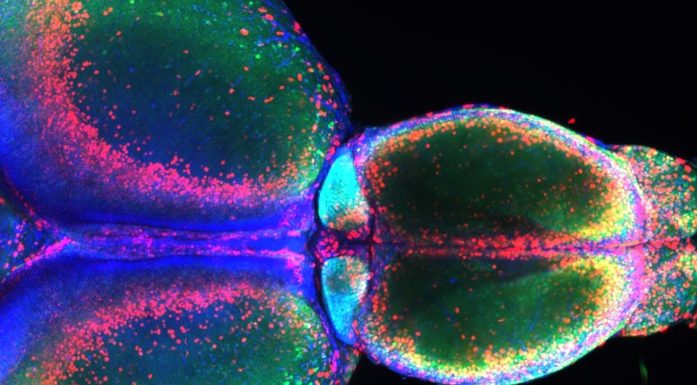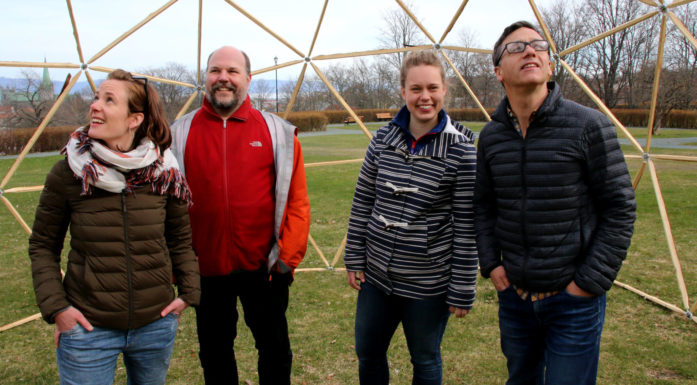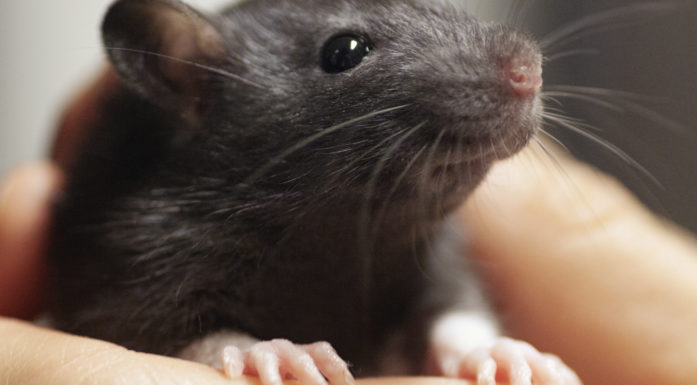Artificial intelligence can re-create smells
Some smells are on the verge of extinction, but we may be able to re-create them using artificial intelligence.
It is a well known fact that smells can trigger our memories. Many of us have smells that remind us of someone we love, or Christmas, or trips to new or familiar places.
But smells can also disappear forever.
What, for example, did a forest actually smell like before humans tampered with it and caused fundamental changes in its species? What did a newborn Tasmanian tiger cub smell like? What about the streets around the Colosseum in ancient Rome or, for that matter, the city centre of Trondheim on a spring day in 1970?
- You might also like: An effective diet, but it can make your breath smell like pee
Re-creating fragrances
New technology can help us preserve smells that are disappearing, and artificial intelligence is an important part of the solution.
“Our research uses machine learning to re-create olfactory experiences,” says Idelfonso Nogueira, an associate professor at the Department of Chemical Engineering at NTNU.
Nogueira is currently working on combining new technologies with old to find solutions to modern problems. Reproducing smells is one of the many areas he is interested in.
“We were able to get artificial intelligence to re-create fragrances in our experiment,” says Nogueira.
Smells are molecules
But first, what exactly are smells?
Smells are actually different combinations of chemical compounds in gaseous form. Our olfactory sense, or sense of smell, reacts to the molecules in these chemical compounds. Different molecules, and combinations of molecules, produce different smells.
Smells are affected not only by the types of molecules involved, but also by the ratios between them and the liquids in which they may be dissolved. Thus, a particular smell quickly becomes very complicated: it consists of many different factors, and can be affected by air pressure and humidity.
Analysing molecular combinations
“We created a model that combines the molecules in a particular fragrance with the human sense of smell,” Nogueira said.
The model used a molecule generator powered by artificial intelligence. The research team used a Gated Graph Neural Network (GGNN), an artificial neural network that is trained to recognize a large number of different molecules.
This network can interpret the molecular combinations of which a smell consists. It can then establish which molecules are involved, quantify the relationship between them, and show which molecules are dominant. This then helps the researchers re-create the smell.
Re-creating real-life smells
A group working in a laboratory in Slovenia and led by Professor Matija Strlič has re-created a range of smells based on AI recipes.

The researchers created a model that combines the molecules in the perfume with the human sense of smell. Illustration photo: Colourbox
“The re-creation of smells shows that this also works in practice,” says Nogueira.
Naturally, the technology could be of great help to the perfume industry.
Developing perfumes is a complicated process that involves a lot of trial and error, and extensive perfume-making experience.
“Our results are promising, but there is still room for improvement. We need to train the model on more molecules and combinations in order to re-create smells more accurately,” Nogueira said.
That means it’s not likely that artificial intelligence will take over the jobs of experienced perfumers anytime soon, but will instead become a helpful tool.
In addition, perfumers are not the only ones who can benefit from the technology. In the future, this technology may help us to preserve other smells as well.
Perhaps one day it will be possible to re-create the scent of a beloved family member, a childhood home, or a primeval forest?
Much this work to date has been carried out at the Department of Chemical Engineering’s laboratories. However, researchers have now received support from the Joint Programming Initiatives (JPI) and the Belmont Forum, meaning they will now also be collaborating with institutions in Italy, Latvia, Slovenia, the Czech Republic and the United Kingdom.
Reference: Bruno C. L. Rodrigues, Vinicius V. Santana, Sandris Murins, Idelfonso B. R. Nogueira. Molecule Generation and Optimization for Efficient Fragrance Creation. arXivLabs. https://doi.org/10.48550/arXiv.2402.12134






